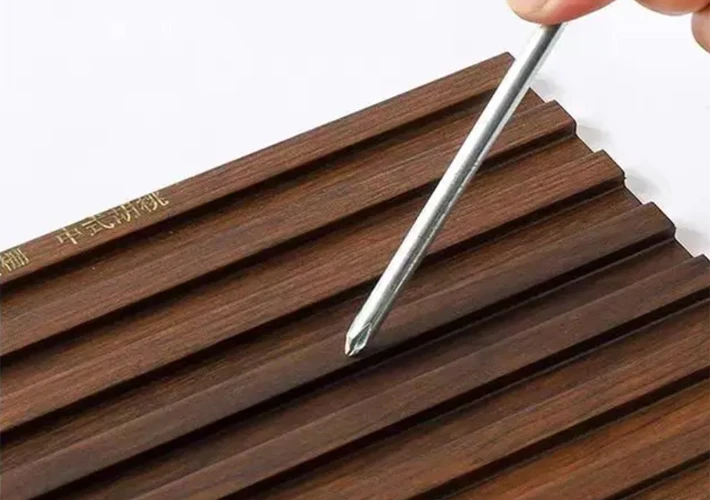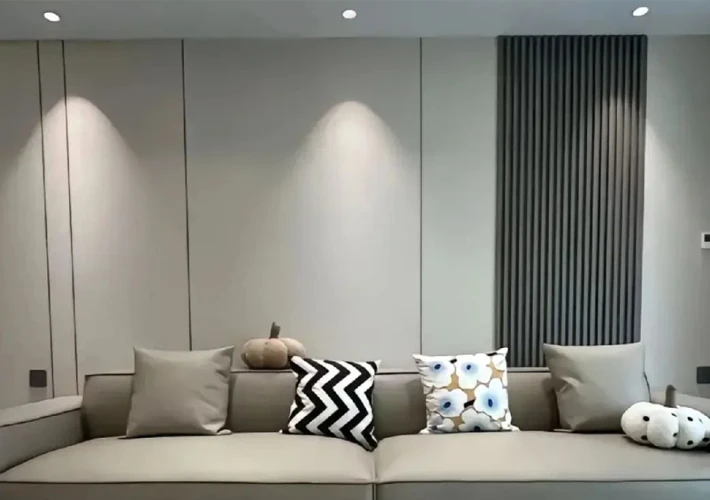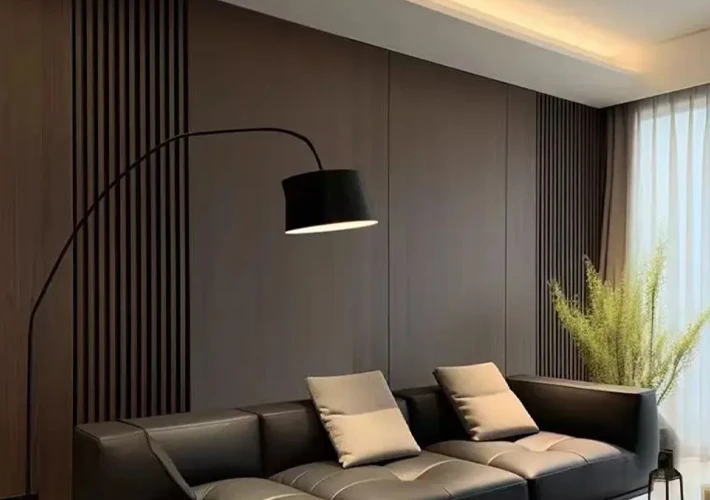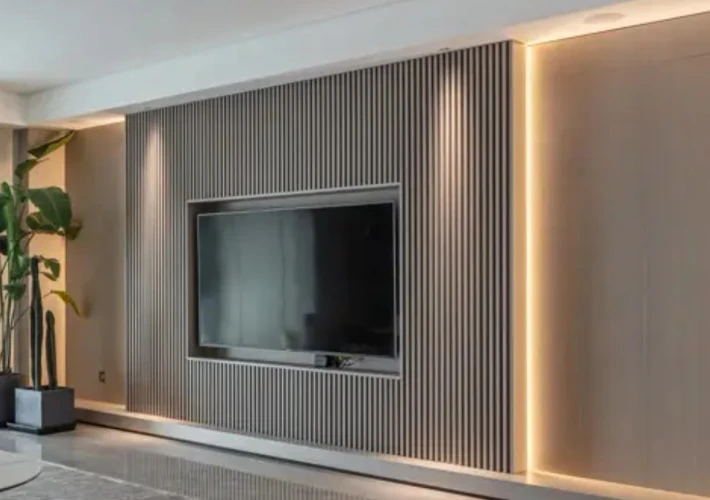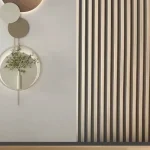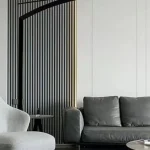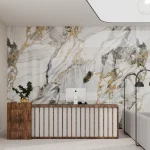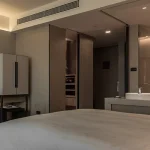Nuestros sitios
FOTOS Y HERRAMIENTAS DE DISEÑO
IDEAS DE DISEÑO
- Top Trending PVC Wall Panel Designs for 2025
- Hotel FF&E Design Trends 2025 | China Hotel FF&E Manufacturer & Supplier
- What Are the Main Types of Hotel Cabinets?
- How PVC Marble Sheets Enhance Luxury and Durability in Hotel Wall Decoration
- Hotel Room and Lobby Luxury Sofa Design Trends 2025
- The Top Five Most Popular Hotel Styles in 2025
- Common PVC Marble Sheet Sizes for Interior Wall and Ceiling Decoration
- What is SPC Wall Panel? Main Application Scenarios
SALAS Y ESPACIOS
- Modern Hotel Furniture Trends and FF&E Packages for US Resorts
- What is the Furniture Used in a Hotel?
- Best Acoustic Panels for Studios, Theaters & Conference Rooms
- Best Acoustical Wall Panels for Offices, Homes, and Studios
- Advantages of Connecting with a Hotel’s Whole-House Customization Factory
- Main Application Scenarios of Flexible Wood Slat Panels
- Application of 78 in Acoustic Slat Wood Wall Panel in Apartment Projects
- Application scenarios of bamboo charcoal wood veneer
CÓMO INSTALAR
- ¿Los paneles acústicos deben colocarse en paredes o techos?
- Guía paso a paso para instalar placas de mármol de PVC
- Método de instalación de paneles de pared de WPC
- ¿Cómo instalar los paneles murales SPC?
- ¿Cómo se instala la chapa de madera de carbón de bambú?
- Mejorar la calidad del sonido con paneles acústicos
- ¿Cómo instalar Bamboo Charcoal Wood Veneer?
CÓMO LIMPIAR
SALAS Y ESPACIOS
LOS MEJORES CONSEJOS DE EXPERTOS
- Bamboo Charcoal Wood Veneer Price Guide & Global Market Trends
- Top WPC Wall Panel Manufacturer and Factory for Global Projects
- Top 10 Best Acoustic Panels for Modern Interior Decoration
- How to Choose the Best Hotel Luxury Sofa for Your Project
- Latest Market Trends of WPC Wall Panels in 2025
- Common Sizes of Acoustic Wood Paneling: A Comprehensive Guide for Global Buyers
- Why Import WPC Wall Panels from China? Advantages and Trends
- Tips for Selecting Studio Acoustic Panels
APRENDER LO BÁSICO
- What Is the Standard Size of a WPC Wall Panel?
- What are the Advantages of the Black Mirror Panel?
- What Is PVC Marble Sheet?
- What Is an SPC Wall Panel? A Complete Guide for Importers
- How Acoustic Panels Enhance Comfort and Focus in Office Environments
- Top Benefits of Using Acoustic Wood Panels in Hotel Decoration Projects
- Is SPC Wall Panel More Waterproof than WPC Wall Panel?
- What is the Lifespan of PVC Marble Sheet?
COLECCIONES POPULARES
INSPIRACIÓN
COLECCIONES POPULARES
INSPIRACIÓN
COLECCIONES POPULARES
INSPIRACIÓN
COLECCIONES POPULARES
INSPIRACIÓN
INSTALACIÓN Y ASESORAMIENTO
COLECCIONES POPULARES
INSPIRACIÓN
INSTALACIÓN Y ASESORAMIENTO
INSTALACIÓN Y ASESORAMIENTO

